Throughout August 2022, National Pet Dental Health Month will be celebrated across the country to help raise awareness of the importance of pet oral hygiene. According to the Australian Veterinary Association1, four out of every five dogs are said to have some degree of dental disease, making it a significant issue among the animal population.
To help pet owners recognise the importance of oral health in cats and dogs, PETstock VET Dr Kathy Macmillan is sharing the top five things you should know about your pet’s teeth.
Puppy and kitten teething – Puppies and kittens will first grow a set of baby teeth (also called primary or deciduous teeth) between two to four weeks of age. When your puppy or kitten is between 4 months and 6 months of age these teeth will fall out, to be replaced by the larger, adult teeth. The final adult teeth should emerge by 7 months of age.
Common signs that your puppy or kitten is teething include:
• Increased chewing behaviour – chewing is the most obvious sign that they’re teething. Your puppy (in particular) or kitten may need a selection of chew toys to ease some of the pressure from the teeth emerging
• Slight bleeding of the gums – a small amount of bleeding from the gums is normal and is no cause for concern at this age. However, it is worth taking a quick look in the mouth to confirm it is from teething and not another problem like a cut on the tongue or an object stuck between teeth
• Missing teeth – you may find baby teeth on the floor or see them fall out during play. Usually, you won’t find them. Don’t stress, it’s common and harmless for your pet to swallow these as they fall out
• Red, inflamed gums – this is caused by the pressure of emerging teeth
• Offensive breath – this is due to the bacteria that builds up on your puppy/kitten’s gumline as their baby teeth are pushed out by emerging adult teeth
Brushing your pet’s teeth
Whether you have a cat or dog, brushing their teeth regularly can help to maintain their oral hygiene and prevent possible infection. To clean your pet’s teeth, you’ll need specialised toothbrushes and toothpaste that are designed for pets. Other products that can be used to clean a pet’s teeth include dental wipes, mouth freshening water additives and fresh breath foam.
Bad smelling breath in pets
Periodontal disease is a progressive inflammatory disease that affects the bone and gums in a pet’s mouth and is caused by a build-up of dental plaque and tartar on the teeth. Bad breath along with inflammation of the gums (gingivitis) are key symptoms of periodontal disease in its 1 Australian Veterinary Association: Periodontal planning for life early stages – so it’s important to address any concerns you may have with your vet before it escalates further and causes pain and tooth loss.
Dental treats & diets
Dental treats, such as Bell & Bone’s Roo and Tumeric Dental Sticks, are an easy way of helping to maintain your pet’s oral hygiene, as they work to reduce unwanted plaque, and prevent tartar and bad breath. Dental diets are another option to help keep pet’s teeth and gums healthy. The food is specifically formulated with special ingredients that create more friction with the teeth than normal kibble, reducing the risk of plaque or tartar buildup.
Veterinary dental check-ups
Sometimes, a dental treat or diet won’t work for your pets’ specific needs. If there is tartar buildup on your dog or cat’s teeth this could indicate progression of dental disease. Early intervention with a scale and polish under anaesthetic can help prevent more severe problems from developing that can cause pain and require dental extractions. I
f you are unsure if your pet has dental disease, you can visit any PETstock Vet for a free dental check-up. PETstock’s vet nurses can give you advice on steps you can take to keep your pet’s teeth and gums healthy and clean as well as provide advice – free of charge – on preventative dental measures that will save you effort and money in the long-term.
PETstock Vet Dr Kathy Macmillan’s top tips for dogs who don’t like teeth cleaning:
• For dogs that don’t enjoy teeth cleaning or are experiencing it for the first time, start without the toothbrush, and instead use meat or tuna juice by dipping your finger in it and rubbing it against their gums.
• Next, try putting the brush in their mouth (with a lot of treats on hand!). Again, start with meat juice on the toothbrush first, then eventually when they stop being resistant, use the actual dog toothpaste or gel.
• Keep the first few sessions very short (even a single brush stroke) and always finish with a tasty treat. Try and make it fun! Only progress to brushing the full mouth once they seem comfortable.
• If your dog is not enjoying the process, try changing the brush (finger brushes are sometimes better accepted by pets) or the toothpaste.
IMPORTANT – If your dog or cat shows any signs of stress when you are trying to brush their teeth, do not persist! it is best to look at alternative methods of keeping their teeth clean







